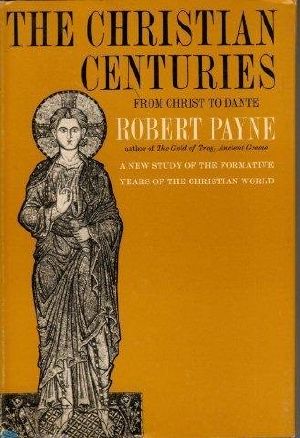The Christian Centuries From Christ to Dante

- Authors
- Payne, Robert
- Publisher
- Brick Tower Press
- Tags
- history , church history , religion , christianity , christian church
- Date
- 2014-08-04T00:00:00+00:00
- Size
- 6.41 MB
- Lang
- en
Here is the vast panorama of the Christian centuries, those exciting years when Christianity was a vivid and creative force in Europe, moving men’s minds and working fiercely on their spirits. They were the years when faith was a simple thing, kept as the most sacred treasure a man could possess.
The sweep of thirteen centuries of Christianity, from the coming of Christ to the fall of Christendom, is outlined by Robert Payne in all its struggle and splendor.
In the early years, Payne points out, men lived in Christ; the shadow of the Cross loomed over them; and the promises made in Jerusalem and Galilee were accepted as the living words of the living God.
For us, coming many centuries later, the vision is dimmed by distance and we look back in bewilderment, wondering how an unknown man from an obscure hill town near the shores of a little lake became so powerful that he conquered the greater part of the known world.
In this magnificent picture of the spread of Christianity from Galilee to the courts of Christendom, Robert Payne provides both sound history and inspiring reading. In this chronicle, he dramatizes the reasons for the spread of the new doctrine and the hold it came to have over men's minds and spirits. This edition includes prints and illustrations.
Robert Payne (1911-1983) was born in Cornwall, U.K. His father was English, his mother French. He was educated at St. Paul's School in London and at the universities of Liverpool, Capetown in South Africa, Munich and The Sorbonne. During his lifetime he had over a hundred books published on a wide range of subjects, the widest range of any known author. He was known chiefly for his biographies and history books, among them Hitler, Lenin, Stalin, Gandhi, Leonardo, Chaplin, the Christian Centuries, The World of Art. He also wrote novels and poetry. Librarians loved him; critics raved about him. Orville Prescott of The New York Times referred to him as “a literary phenomenon of astounding versatility and industry.”